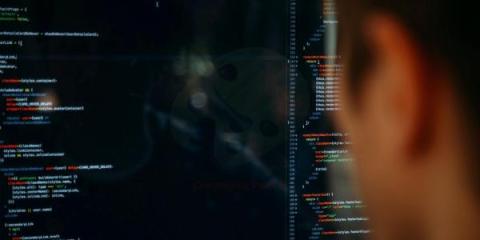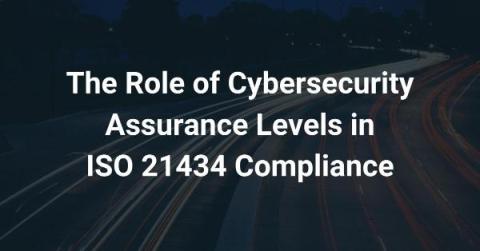Step-by-Step: Integrating SAST into Your Development Workflow
When it comes to software development, prioritizing security is essential. Static Application Security Testing (SAST) plays a key role in this by thoroughly analyzing your source code to identify potential vulnerabilities. It's like having a constant code reviewer focused on security, ensuring that your application is protected from the earliest stages of development.










